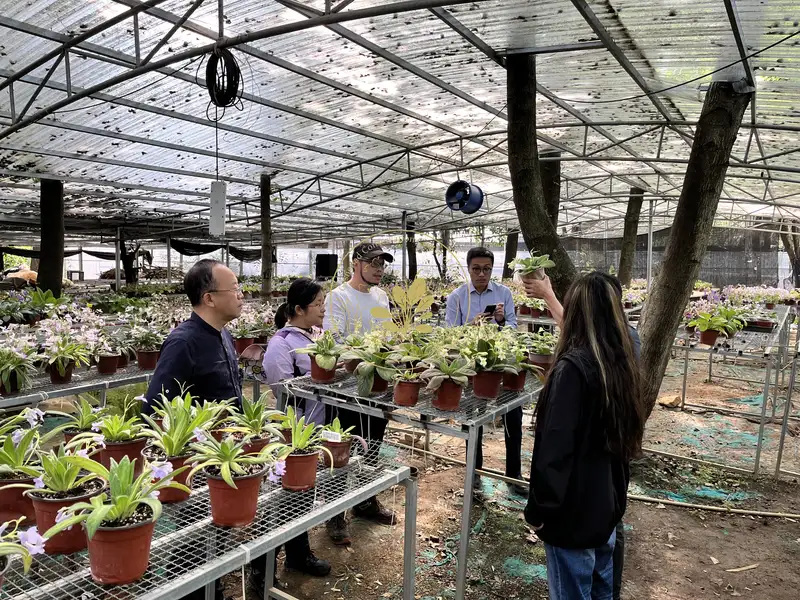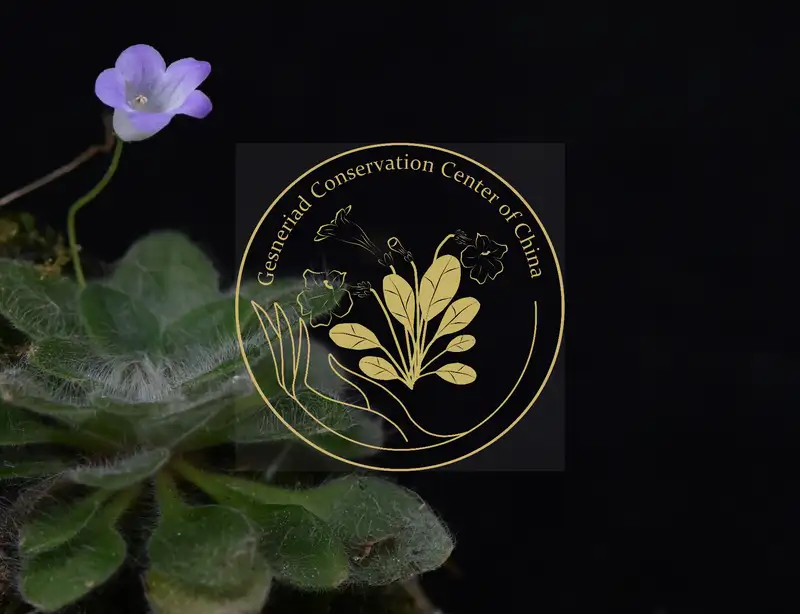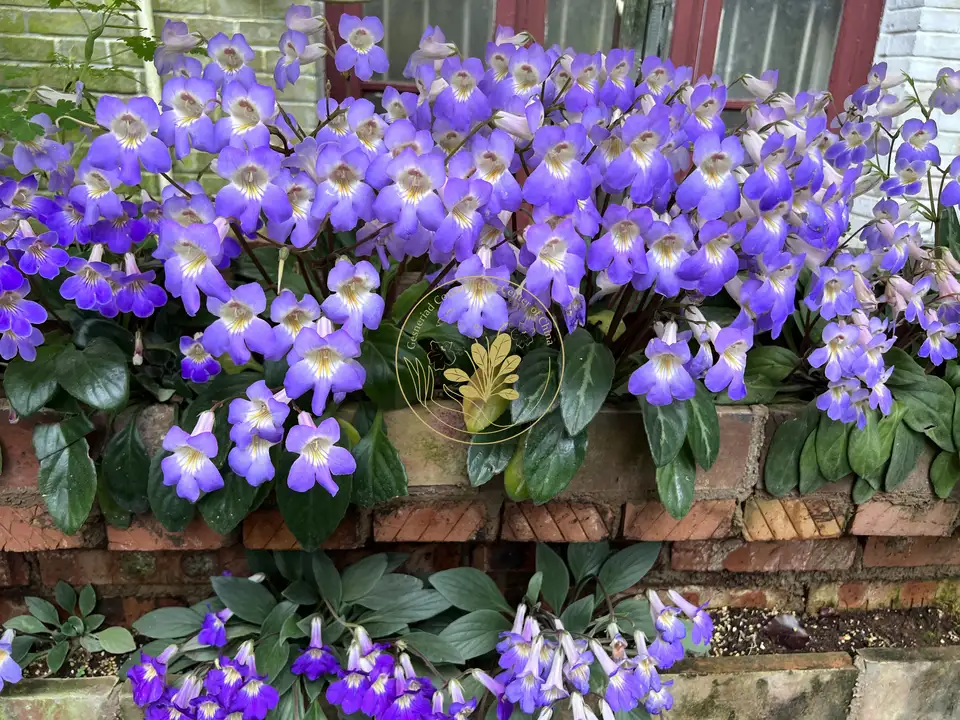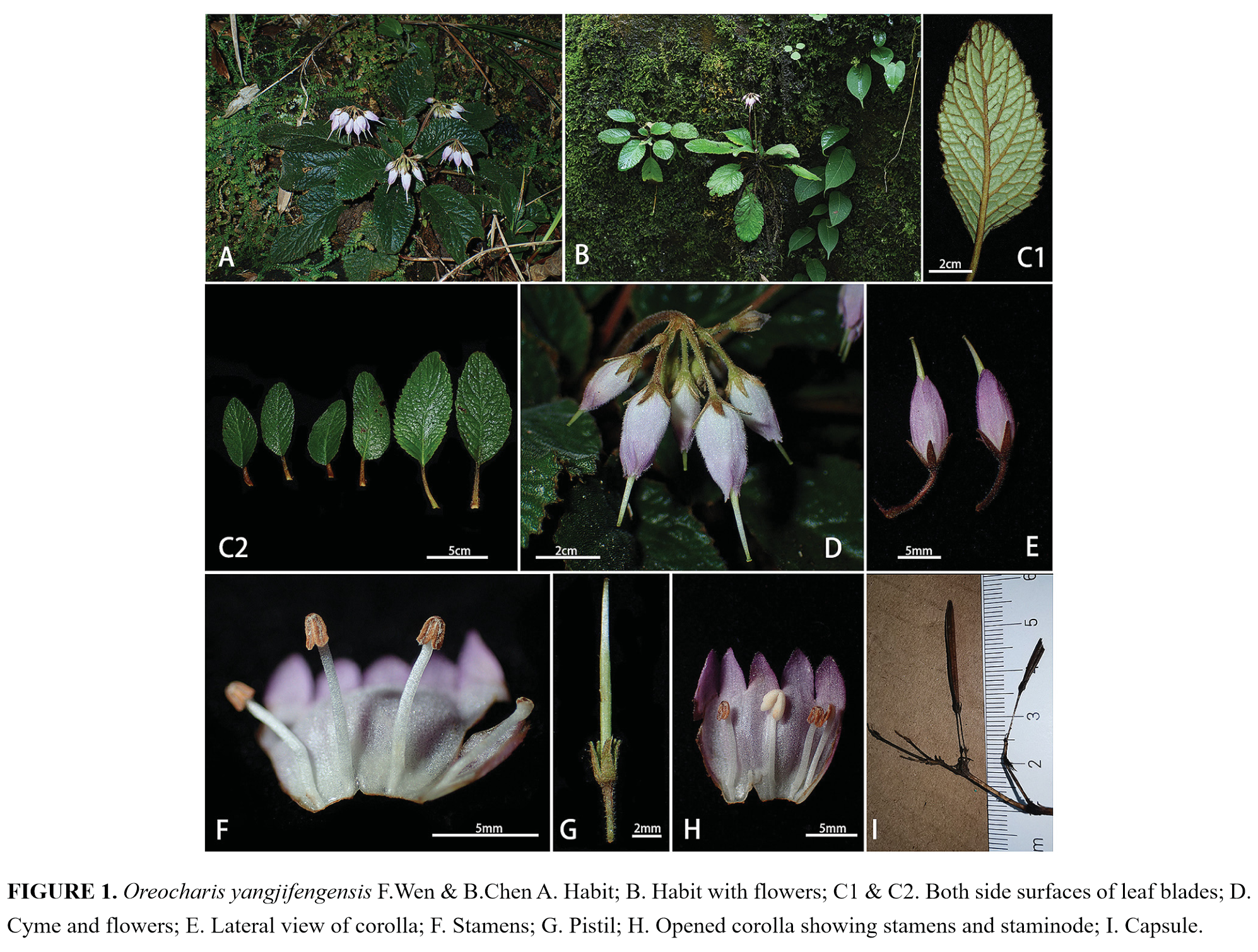LU TAO, LING SHAO-JUN & REN MING-XUN
The diversity and evolution of mirror-image flowers in Gesneriaceae
Guihaia 2019-01-23 (Published in internet/CNKI)
ABSTRACT
Gesneriaceae is a pantropical family with
diverse floral traits and forms a diversification and endemism center in Southwest China. Mirror-image flowers, a highly
specialized pollination system, were discussed in Gesneriaceae with an emphasis
on its diversity, systematic distribution, and evolution. Mirror-image flowers
was found in seven genera in the subfamily Didymocarpoideae, among which three
genera have reciprocal mirror-image flowers (Rhabdothamnopsis, Henckelia,
Didymocarpus) and other three genera
possess nonreciprocal mirror-image flowers (Paraboea,
Ornithoboea, Saintpaulia). The subg. Streptocarpella
Engler of Streptocarpus contains
both reciprocal and nonreciprocal mirror-image flowers. Gesneriaceae was
dominated by nonreciprocal mirror-image flowers with united anthers and hidden
sexual organs in floral tubes, distinctive from the typical mirror-image
flowers in other families. The main pollinators to mirror-image flowers in
these species are small-bodied bees such as Amegilla
spp. These unusual floral traits suggest the mirror-image flowers in
Gesneriaceae probably had experienceddistinctive evolutionary history. Phylogenetic relationships indicate
that mirror -image flowers are restricted to the subfamily Didymocarpoideae,
which is endemic to the Old World. According
to molecular phylogenetic studies, at least five independent origins of
mirror-image flowers were found. The highly-specialized pollination mechanism
associated with mirror-image flowers might facilitate pollination accuracy and
consequently accelerate speciation rate of Didymocarpoideae. It is suggested
that molecular phylogenetic methods can be used to explore the evolutionary
relationship of reciprocal and nonreciprocal mirror-image flowers in
Gesneriaceae to determine the possible role of evolutionary transitions of
these two types of mirror-image flowers in the family’s speciation histories
and long-distance dispersal.
Original article link:http://kns.cnki.net/kcms/detail/45.1134.q.20190122.1143.006.html
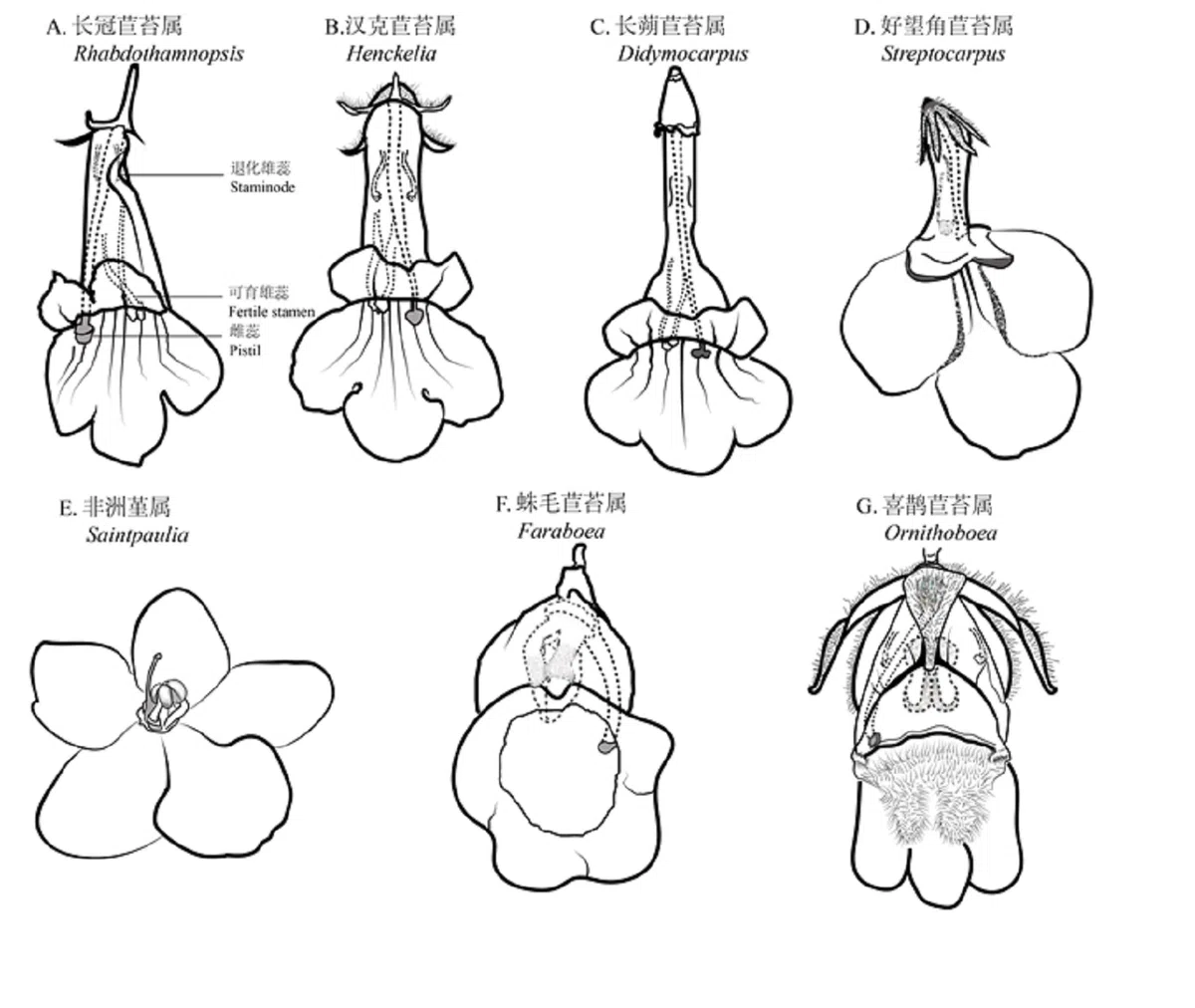
Fig.1 Mirror-image flowers in Gesneriaceae.
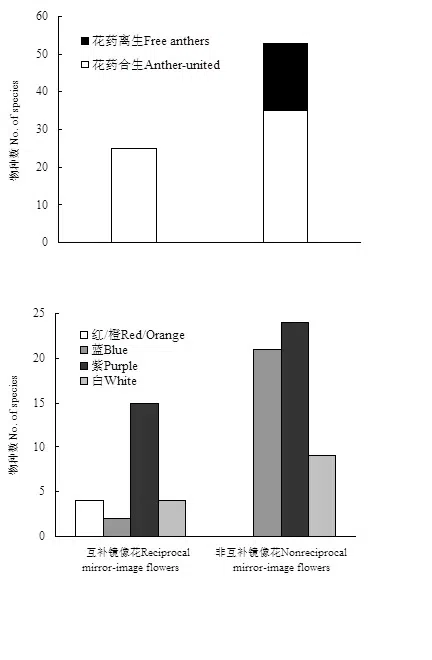
Fig. 2 Anther growth types (A) and corolla color (B) of mirror-image flowers in Gesneriaceae
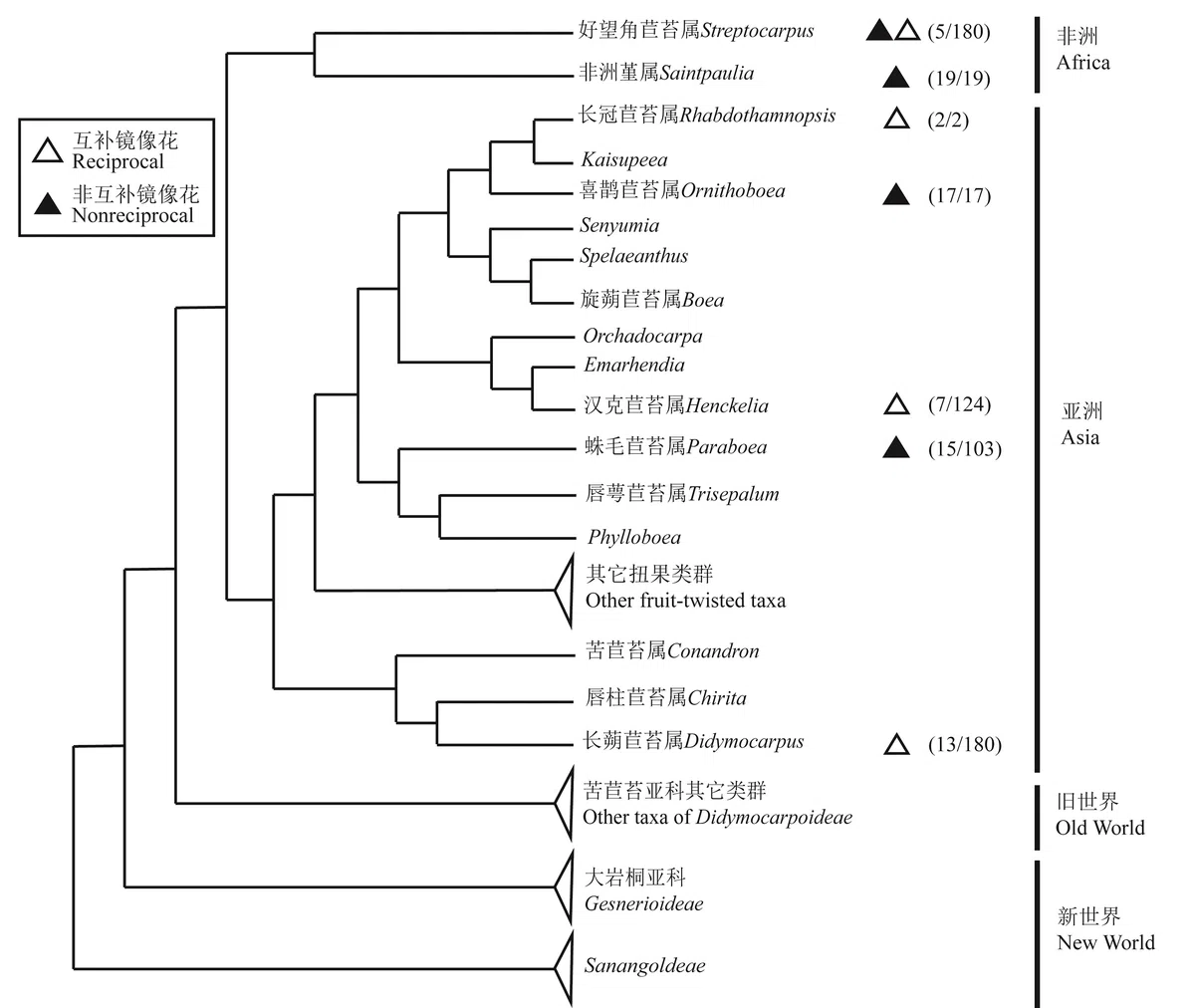
Fig. 3 The
systematic distribution of two types of mirror-image flowers in Gesneriaceae.
The phylogeny tree is revised from Möller et al (2009). The data in the
brackets are the number of species with mirror-image flowers / No. of total
species of the genus.
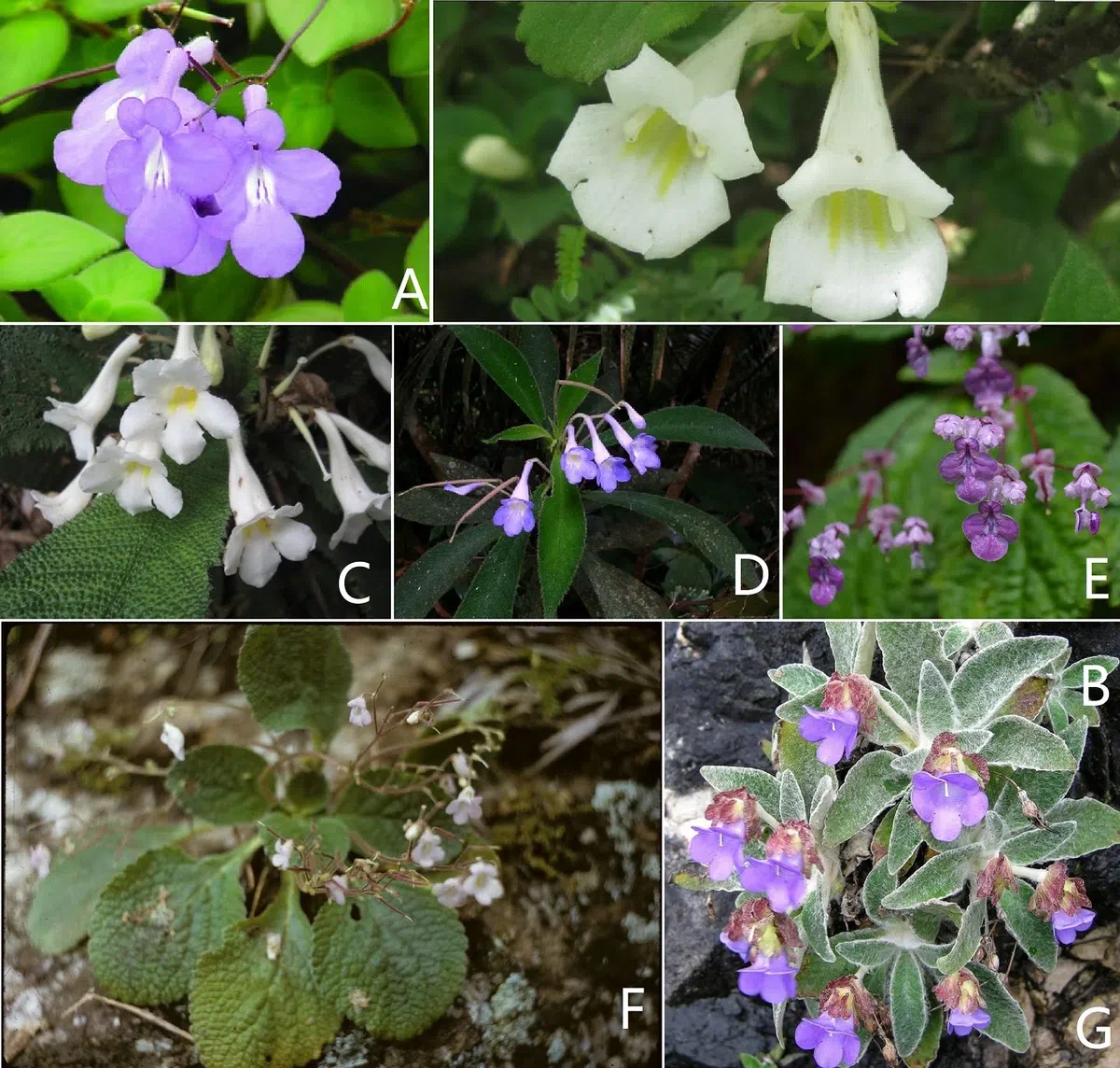
Fig. 4 Different
species having mirror-image flowers from different genera in Gesneriaceae (A. Streptocarpus subgen.Streptocarpella sp.; B. Rhabdothamnopsis
chinensis var. ochroleuca; C.&D. Henckelia
ssp.; E.&F. Didymocarpus ssp.; G. Paraboea sp.) * Figures come
from internet, and the copyrights belong to the original authors.







